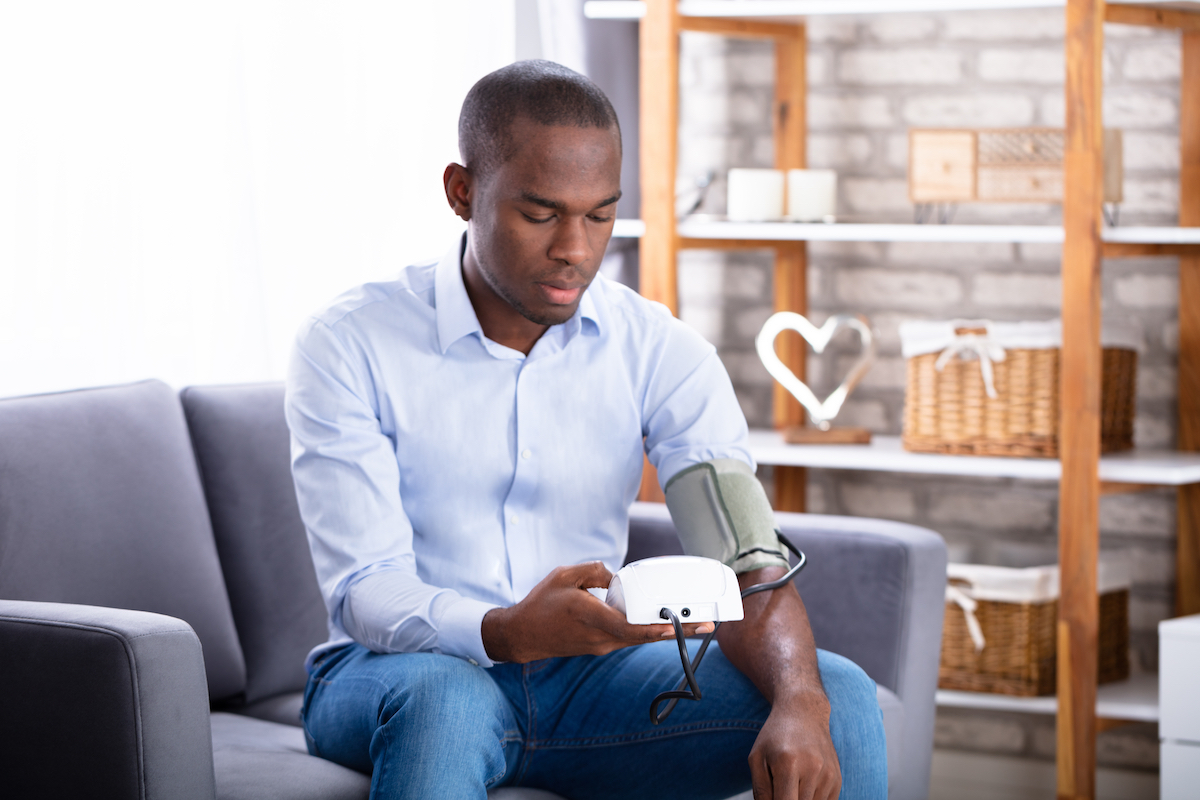
Here’s what you need to know about what to look for, along with expert tips on monitoring your blood pressure at home.
Your blood pressure rises and falls naturally throughout the day. However, if it stays high for a long period of time, it can damage your heart and cause a number of health conditions, including heart attack, stroke, heart failure and kidney disease. High blood pressure, or hypertension, affects about one in three adults in the United States, but many people don’t know they have it.
What signs and symptoms should I be looking for?
In most cases, high blood pressure has no warning signs or symptoms. It’s called the silent killer because, all too often, there are no signs or symptoms that you have a potentially dangerous health condition. Sweating, feeling flush, nervousness and difficulty sleeping are actually myths and not real signs that your blood pressure is high.
The only exception is when you have extremely high blood pressure, known as a hypertensive crisis, where your blood pressure rises well above normal. If your blood pressure is unusually high and you are having nosebleeds and severe headaches, it’s a medical emergency and you should get to a hospital immediately.
Barring these symptoms, the only way to confirm whether you have high blood pressure is to get it measured, and the best way to do this is to visit your doctor for a professional assessment.
Should I monitor my blood pressure at home?
If your blood pressure is too high, your doctor may recommend monitoring it at home as a way to keep tabs on your blood pressure goals.
But before you rush out and buy a home blood pressure monitor, there are some things to keep in mind, says Helga Van Herle, MD, a cardiologist at Keck Medicine of USC and associate professor of clinical medicine at the Keck School of Medicine of USC.
1. Digital monitors are the easiest to use correctly.
They are also often covered by health insurance if your doctor prescribes it.
2. Talk to your doctor before choosing a machine.
“If you’re going to embark on home blood pressure monitoring, it’s important to discuss the different types of devices, as well as the how to actually use them, with your health care provider,” Van Herle says.
3. Wrist and finger monitors are difficult to use correctly.
These kinds of monitors are not recommended by the American Heart Association because results are often inaccurate.
4. Several devices can integrate with a smartphone, tablet or other mobile device.
This allows you to keep accurate records that can be shared with your doctor.
5. Choosing the right cuff size is critical.
Readings can be extremely inaccurate if you choose the wrong size.
6. Once you buy your monitor, bring it to your next doctor’s visit.
“In my practice, I usually ask patients to bring in their monitor and show me how they use it,” Van Herle says. “Then I calibrate their device with a manual blood pressure reading done concurrently in the office.”
If you find that you have ongoing high blood pressure, work with your health care team to make healthy lifestyle changes and/or choose appropriate medications. Consulting with a cardiologist can be helpful for people whose blood pressure isn’t being controlled by medications, who are pregnant or who have been hospitalized with a hypertensive crisis.
Topics
